Author networking.
Besides the emotional support and critiquing support of an introvert/writer network, hobnobbing with your peers is good business. Newsletter swaps. Website and blog fodder (interviews, features, reviews, and the like). Social media shares. Introductions. Co-writing. Support for your favorite charity. And group releases.
This week marks the release of LOVE UNDER FIRE, a group box set release featuring one of our authors, Pamela Fagan Hutchins. The goal of the set is to raise money for Pets for Vets and to make a bestseller list run for its contributing authors. The side benefit of the project has been building and strengthening author relationships, and, in turn, expanding readership and reader relationships.
In the process of the release, Pamela’s been able to check off a few other helpful boxes.
1. Top 50 Amazon author status: the power of the release propelled her into the top 50 romantic suspense and romantic mystery authors and held her there for days.
2. New marketing tactics: the group and some of its individual members have used techniques Pamela hasn’t before. It gave her the chance to participate in their experiment and decide for herself if they work.
3. Feed the publication engine: Pamela’s publication strategy requires her to publish something each month on Amazon (and twice a month on Kobo and Apple iBooks, when possible). LOVE UNDER FIRE counts for November. And the novella will revert to her in 2019 and can be published again, in multiple forms. She will initially publish it as four serial short stories, then combine it into a box set of short stories that equal one novella, and finally include it as a value-add-on to other box sets that include characters from the novella.
(If you want to read more about Pamela’s current six-figure strategy, you can read about it here. And for context, Pamela had been a six-figure author for years, until that eroded primarily due to Kindle Unlimited. Her revised strategy has been in place for eight months, and she is now drawing in revenue that will build to six figures again.
4. Author recommendations and reviews on BookBub. BookBub encourages authors to recommend and review each other’s work. The box set authors are exactly the type of entrepreneurial creatives that understand reciprocity and the value of shared readers and willingly do these and other cooperative activities that help them compete with the larger reach and marketing budgets of traditional publishers.
Only time will tell if they meet their USA and WSJ bestseller goals this week. But in the meantime, the author networking has been a big win.
Now, enjoy an excerpt from their #1 Amazon bestseller, LOVE UNDER FIRE, here (snag the rest plus 20 romantic suspense novels for only 99 cents for a limited time at https://books2read.com/LoveUnderFire and help a veteran get a pet!):
BUCKLE BUNNY EXCERPT, Pamela Fagan Hutchins (Copyright 2018)
Part One
Cheyenne, Wyoming
Friday afternoon
Maggie
Maggie checks her watch. She yawns, loud, and the hand covering her mouth turns it into a really bad imitation of a Native American war cry.
“That’s insensitive.” Her bassist, Brent, doesn’t look at her, doesn’t take his eyes off the rodeo action in the Frontier Park arena. He’s already dressed for their gig tonight. Snap-front plaid shirt. Tall, tall, tall in Wranglers, frayed and slit at the side hem over his scuffed boots. Brown hair short and spiky with gel, horn-rimmed glasses reminiscent of Buddy Holly.
It’s Maggie’s first time at Wyoming’s Cheyenne Frontier Days. She’s already sick of cowboys, sick of horses. Tired of big belt buckles and ten-gallon hats. She’s seen enough of them to last her a lifetime. Besides growing up in the country outside Austin, she’s dragged ass all over the US of A the entire summer, to every fair, festival, and rodeo she and the band could make between repair stops in their decrepit nine-passenger van.
That’s what you get when you play Americana. Folk. Alt-country. Whatever you want to call it. The people with a taste for it frequent the bumpkin events.
She lifts a hand to Brent, as in “talk to the hand,” as in “Maggie don’t give a flip, bucko.” The rodeo is in full swing, this being Friday, and the championship round only two days away. “I need food.”
“Go get some.”
“You have any cash?”
He scowls at her, digs in his wallet, and hands her a ten.
“And a beer.”
“Uh-uh. You still owe me from South Dakota.”
Maggie—one of only two women in the five-musician band—is broke. She’s needed every dime she’s made to keep her dream alive since she ran off to be a star at seventeen. Now, five hard years later, her agent, Larry, and the record company have sent her out on the road to promote her sophomore album, Texana, with four virtual strangers to back her. It’s make-or-break time. They’re pulling a trailer full of their equipment and luggage so there’s room in the van for the albums, T-shirts, and CDs they take turns hawking at every show.
She’s this close to congratulating her religious dad on being right that her path to the stars was a road straight to hell, just as he’d predicted. Tucking tail and hotfooting back to Giddings, Texas, where she’ll do God knows what doesn’t sound as bad as it used to.
Six months. She’ll give it six more months. Then she’s done.
Maggie socks Brent in the arm. “C’mon. I’m sober as fuck. I need some juice before the show.” She uses the term showloosely. Maggie Killian and Crew—because they need a name, any name—don’t rate the main stage as opener, much less headliner. They’re sentenced to play the Buckin’ A Saloon. Two nights. The early shows. Post-rodeo drinkers, cheap cowboys and buckle bunnies mostly, with the main crowd forking out the big-ticket price to see the Frontier Nights A-listers. Tomorrow night will be Kenny freakin’ Chesney, for Christ’s sake. Shit. Cowboys aren’t going to buy Americana albums. They’re probably not even going to tip worth a damn.
Brent shakes his head.
Lead guitarist Davo, her sometimes hookup for lack of any other contenders, says, “You promised you’d kiss the cowboy who wins the bull riding tonight, pose for a picture. We need the PR.” At least he’s decent looking. Blond. Nice green eyes. Magical fingers, long and sandpapery with calluses. He doesn’t offer Maggie any money.
“I’m gonna get my ass pinched. Again.”
“Fine.” Brent peels off another ten. “But only because that guy left a bruise.”
She snatches it from him. “Thank you.”
“That makes fifty.”
“You’ll get it tonight.”
“And so the cycle goes.” Brent turns back to the arena.
Davo pulls her to him for a kiss, slips his tongue in. It feels mechanical and slobbery, and Maggie fights the urge to wipe her mouth.
She hightails it to concession. Bull riding is next, and she has to be behind the chutes for her duties. Then, straight to the Buckin’ A. The crowd is thick, and she puts a hand on the shoulder of a burly guy who, along with his buddies, is blocking her path to the two beers she intends to buy, along with whatever food she can afford with the money left over.
“’Scuse me, fellas.” She says it in a singsong voice. It hints of her soprano and its surprising smoky rasp. It turns heads.
The men take her in. Their eyes widen. Maggie’s dressed the part for her show tonight. A cowboy’s wet dream. Daisy Duke shorts, high-heeled cowboy boots, a tight scoop-neck T-shirt with a fringed suede vest, and a concho belt that drapes her hips. Her long, nearly black hair is teased and lifted. Her hoop earrings sway. Her kohl-rimmed eyes are heavy lidded.
The waters part for her.
She doesn’t smile for them. She saves her smiles. But she gives them a little hip roll, conscious of their stares and the whispered “Jee-zuss” in her wake. For a moment she considers stopping. Pocketing the two tens and letting these guys buy her drinks. But there’s no time. She’s getting fifty bucks for making nice with the bull rider who wins today’s round.
Ten minutes later, she’s scarfed a giant pretzel and downed her first beer. She sips at her second as she makes her way to the bucking chutes. She shows her ID to a woman at the gate. Even she reacts to Maggie. Pupils dilate. Breath draws in. Maggie’s used to it.
The woman checks her name on a list. “Do you know where you’re going?”
“Not a clue.”
The woman points, side-eying Maggie as she does. “See that big ole bear of a man by the orange gate? His name is Tucker. That’s where you wanna be, and who you wanna see.”
Maggie’s brows rise. The man is as big as the bulls. “Thanks.”
The woman lets Maggie through.
In the arena, bull riding is underway. Classic rock blares through loudspeakers just under the patter of the announcer and the miked rodeo clown. Maggie climbs up on the lowest rail and hangs on to watch, close enough to smell the bullshit, figurative and literal. A cowboy on a white bull ejects from the chute like a rocket from a launching pad. The bull spins to the right, his hind hooves punching through the sky. He reverses his turn, lurching his massive body with shocking agility. The cowboy holds on with one hand, the other swinging high in the air. His body shifts off center when the bull changes directions. He seems tall for a bull rider, this much Maggie knows. Bull riding favors the shorter bodies with more compact centers of gravity. The cowboy’s black hat flies off—he’s not wearing a helmet. The Stetson lands in the dirt. The bull crushes it as he hops twice on his front legs, nearly sending his rear hooves over his head. The cowboy can’t right his upper body, which is nearly horizontal to the ground now. The crowd gasps, ready for the cowboy to be bucked off, but he makes it until the buzzer sounds.
Eight seconds. He’s earned a score.
He rides the bull for a few more bucks, then makes a flying leap. The bull wheels, enraged at the puny human with the temerity to ride him. Three bullfighters swarm between him and the bull, the one doubling as a clown wearing white face paint. The cowboy bear-crawls away from the bull. A safety rider on an enormous horse with feathered hair at his fetlocks lopes between him, the animal, and the fighters. Meanwhile, Maggie’s eyes follow the seat of his Wranglers. It’s a really nice seat, framed by fringed chaps.
The cowboy scrambles to his feet and runs for the rails, straight at her, the cowhide chaps flapping. He snatches his mangled hat and hops up in one smooth motion. Up close, she can see he’s tall, a good head taller than the last ass-pincher Maggie’d kissed and mugged for the cameras with in Nebraska. He’s dark-headed with blue eyes that shine with good humor through the dust around them. And he has dimples. Big, juicy dimples.
Maggie hears the bull snort. It charges the cowboy one last time for good measure on its way out of the arena, clanging the rail with one horn. From his seat on the top rail, the cowboy smacks his hat on his thigh, then punches it into shape. He crams it on his head and jumps off the fence to the other side. A squealing bevy of young women call to him from outside the secure area.
He blows them a kiss.
“Nice ride, Sibley,” a man behind Maggie drawls in a Texas accent.
“Always a good one when you walk away, Joe.”
“Bet you can find a better ride over there.” The Texan—Joe?—passes Maggie and waves at the girls. “Which one you want?”
They’re interrupted by the announcer. “That’s a seventy-eight for Hank Sibley out of Sheridan, Wyoming, which puts him just out of contention for tonight. A real disappointment for a local favorite.” His voice sounds folksy. They always sound folksy.
His announcing partner answers. His voice is older, the voice of experience. “This just doesn’t look like the same Hank Sibley we saw at the National Finals Rodeo. The bull did his job, and Hank stayed on, but he’s only got one more shot to impress the judges tomorrow night if he wants to move on to Sunday’s championships.”
Maggie glances at the cowboy.
“Well, shit.” He doesn’t look that upset, though.
Joe slaps his shoulder. “Next time, buddy.”
“Sometimes you gotta lose to win.” Hank winks.
“If you say so.” Joe walks toward the young women. He stops. “You coming?”
Hank glances toward the tittering females. Then he notices Maggie. His shift in focus is immediate and total. “Well, hello there. I’m Hank.” He wipes a hand on his jeans and thrusts it toward her. “And you are?”
Joe laughs and shakes his head as he walks away.
Maggie backs off the rail. “Late for a date with the winner.”
“Ah, he’s a putz. Let me show you a good time tonight.”
She smiles at him, but not one of her real ones. The teeth-baring kind. “I’m not in the mood for an eight-second ride. You shoo, now, and hop over to one of those buckle bunnies over there.”
He runs backward beside her as she leaves. “Hey, don’t be like that.” His spur catches in the dirt, and he falls to his rear.
Maggie leans down, head tilted. “No score, cowboy.”
END OF EXCERP! Snag the rest plus 20 romantic suspense novels for only 99 cents for a limited time at https://books2read.com/LoveUnderFire and help a veteran get a pet!

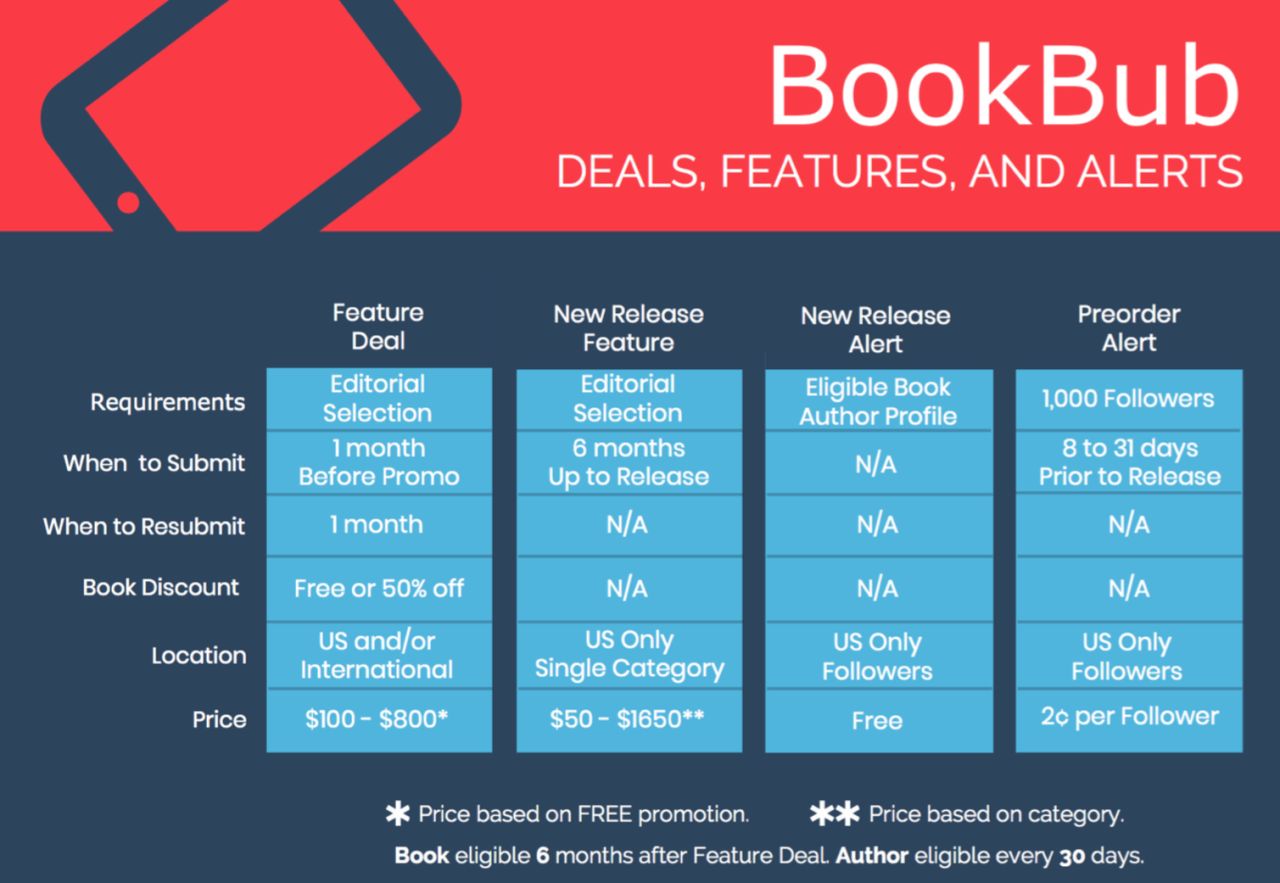
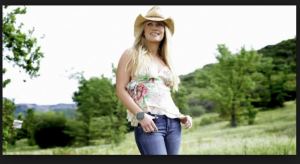
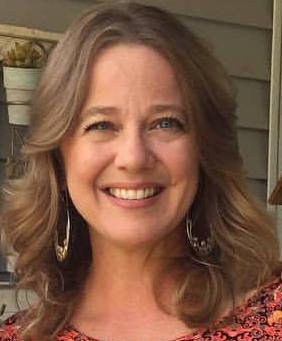 Anna
Anna

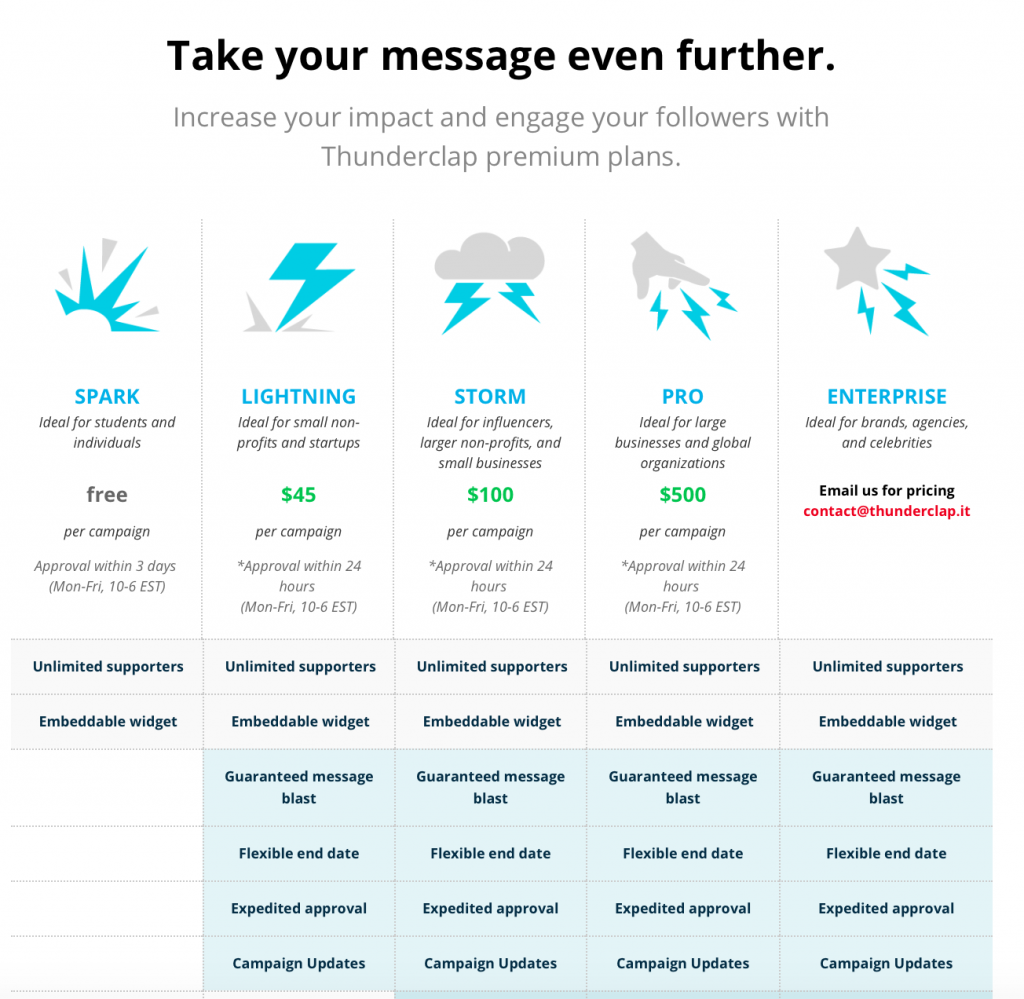

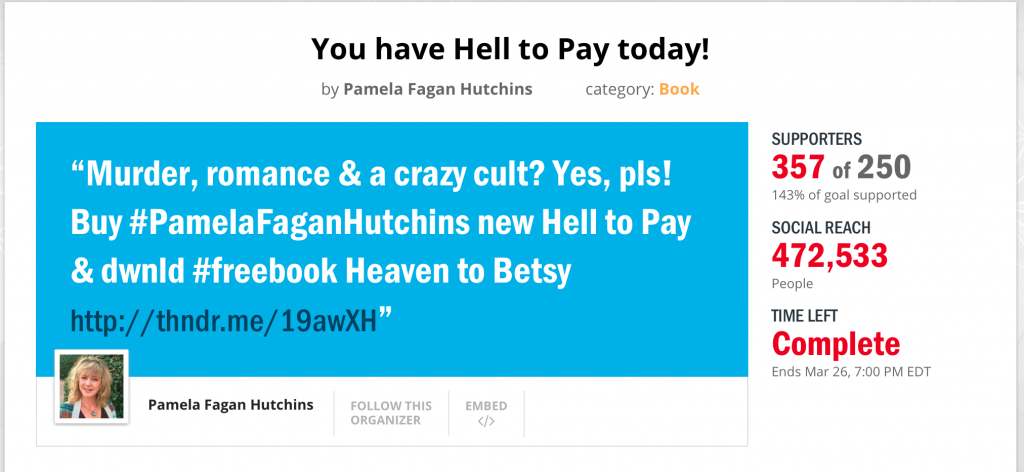
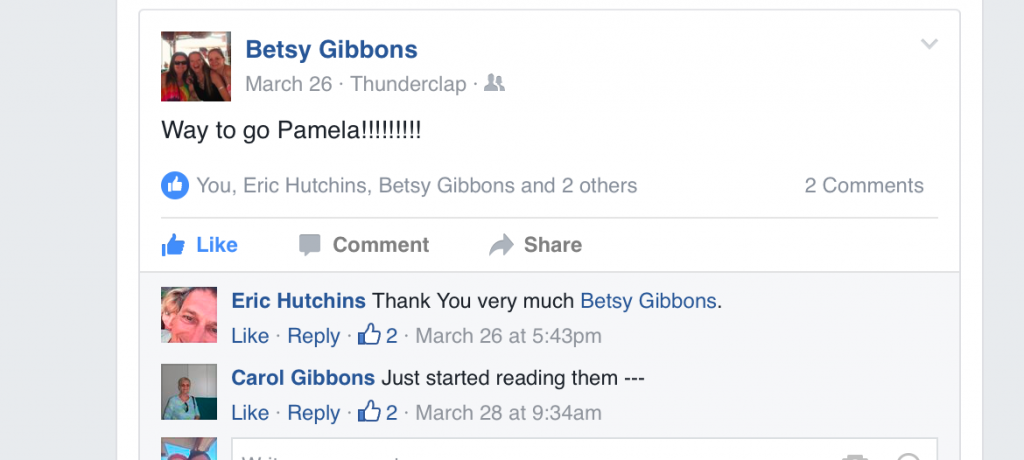

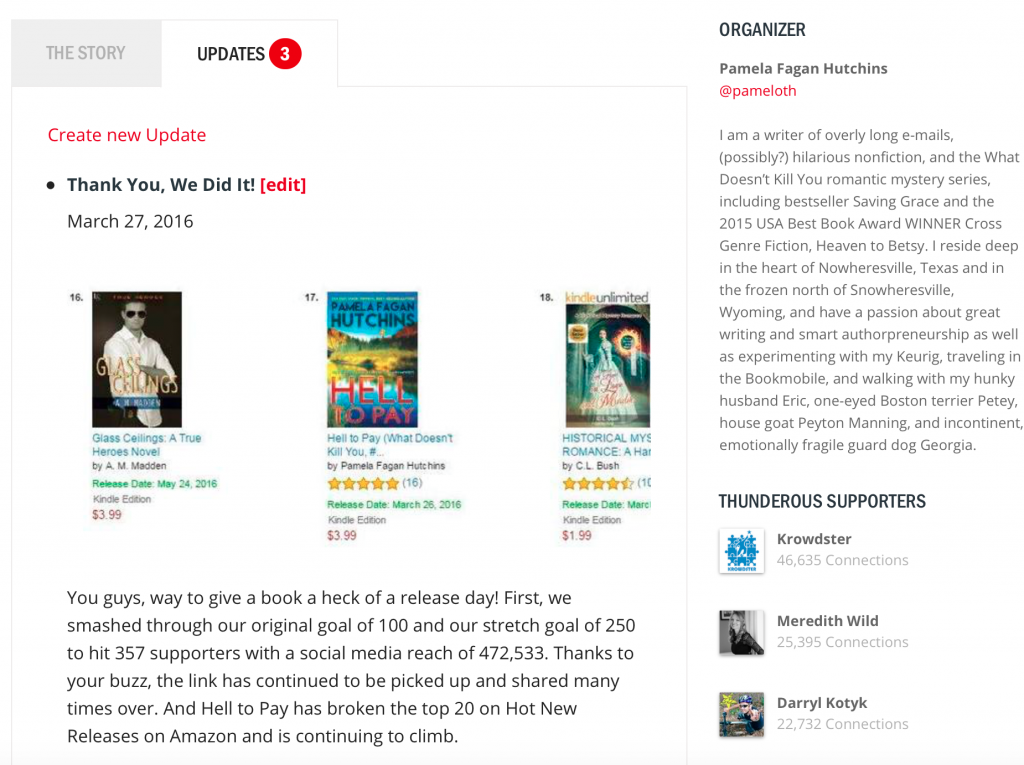
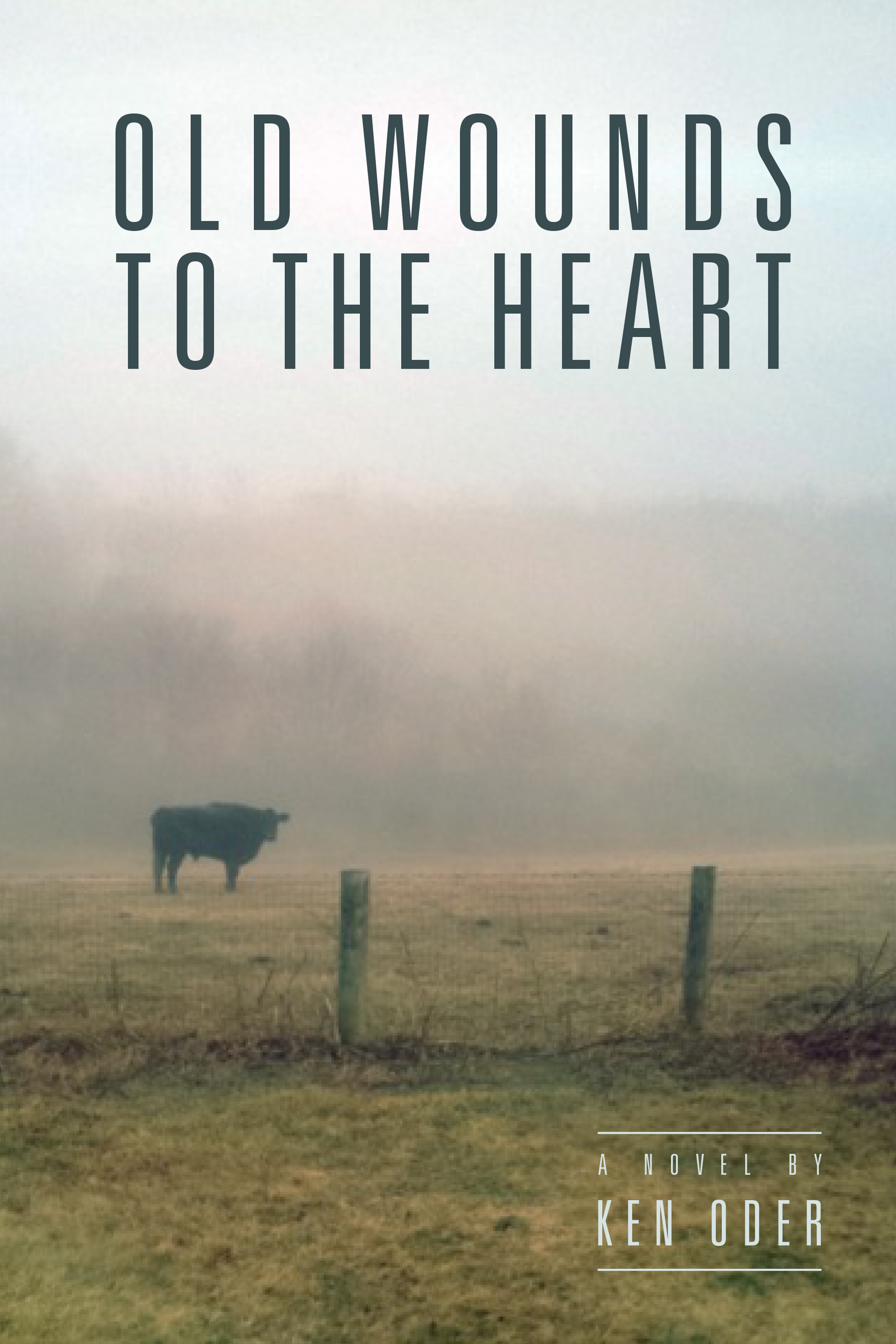
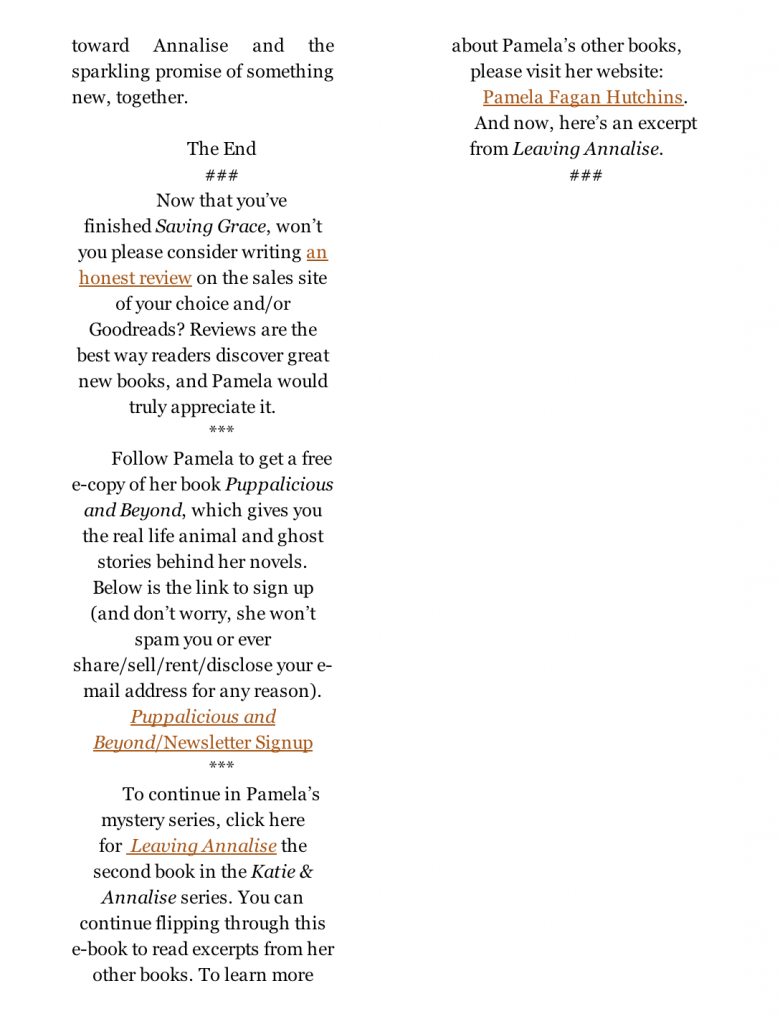



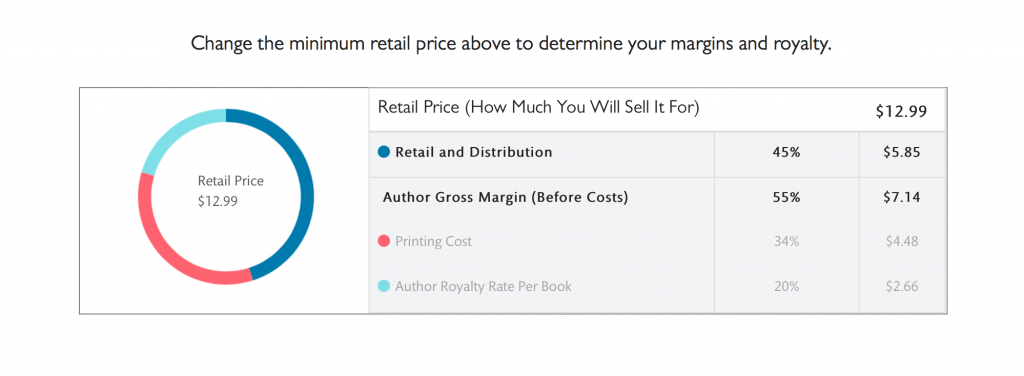 $2.66 is a lot better than 74 cents through CS or $1.14 through Ingram (and that $1.14 doesn’t address set up, change, and annual fees on Ingram).
$2.66 is a lot better than 74 cents through CS or $1.14 through Ingram (and that $1.14 doesn’t address set up, change, and annual fees on Ingram).